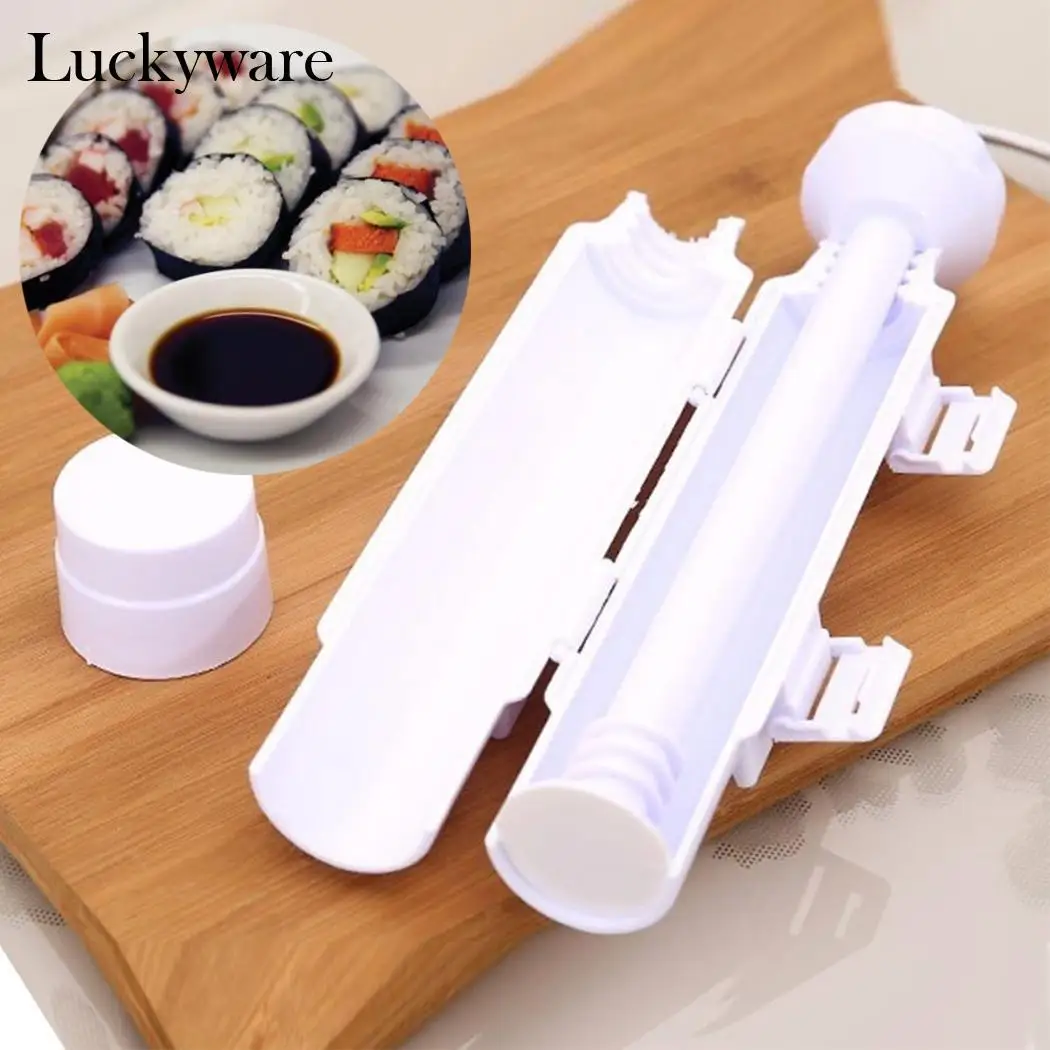
19
AprilModern Sushi Traditions
 The culinary world has long been fascinated by the intricate preparation and presentation of Japanese delicacies, a traditional Japanese dish that showcases the simplicity and elegance of raw, vinegared rice and delicate fish or leafy vegetables.
The culinary world has long been fascinated by the intricate preparation and presentation of Japanese delicacies, a traditional Japanese dish that showcases the simplicity and elegance of raw, vinegared rice and delicate fish or leafy vegetables.
In traditional Japanese culture, sushi is often eaten with forks, and the meal is typically broken down in the mouth before being swallowed. This process of mechanical breakdown allows the teeth to start the digestion process, which is then further broken down by digestive enzymes in the stomach and intestines. However, modern Western diets have become increasingly reliant on food that requires minimal mechanical breakdown in the mouth, such as bread.
This shift towards softer, less rugged foods has led to a decline in stomach acid production over time, as the body becomes less reliant on the digestive process to break down its meals. In Japan, on the other hand, the diet is still heavily influenced by raw foods, pickled vegetables, and the mindful, slow approach to eating that is characteristic of traditional sushi making Tokyo.
Studies have shown that the stomach lining in many Western populations has become thinner and less acidic, which can lead to a range of health problems including weakened immune systems. This is where modern methods of meal digestion come into play, incorporating techniques from ancient traditions and modern research to boost stomach acid production and promote healthy digestion.
Some modern methods of meal digestion that can help to improve stomach acid production and enhance the digestive process include:
- Eating smaller meals to reduce the burden on the digestive system


Reviews